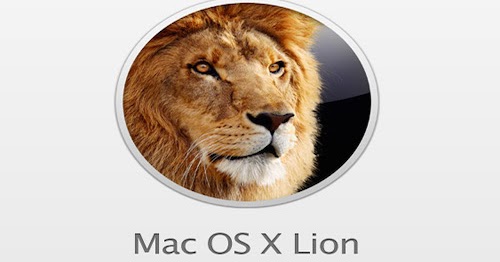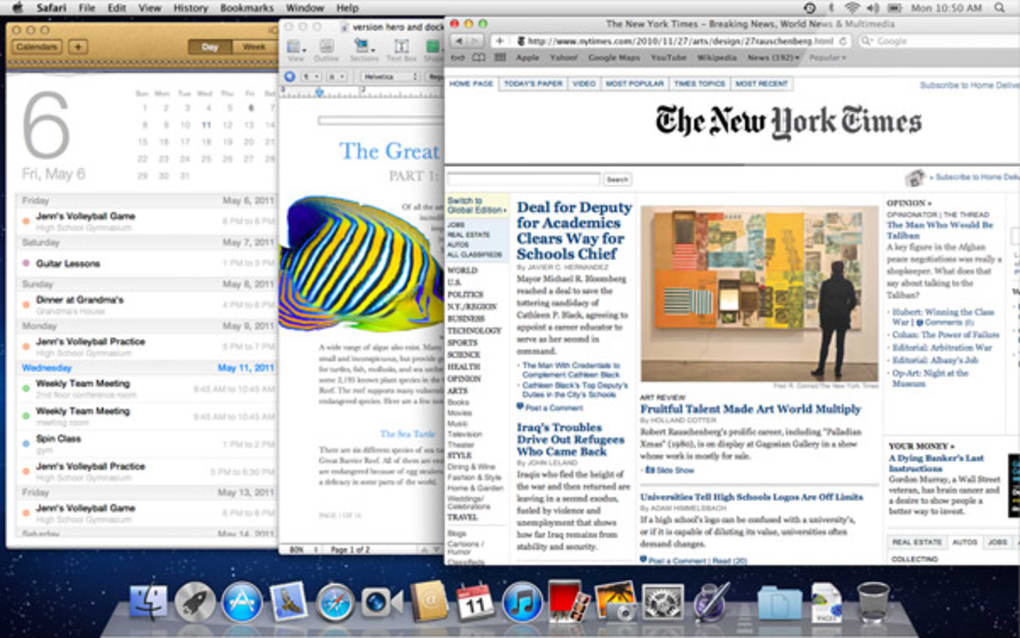
- Os x lion microsoft office 2008 how to#
- Os x lion microsoft office 2008 for mac#
- Os x lion microsoft office 2008 install#
- Os x lion microsoft office 2008 update#
- Os x lion microsoft office 2008 upgrade#
Each version will be available in Dutch, English, French, German, Italian, Japanese, Spanish, Swedish, and, for the first time, in the Nordic languages (Danish, Finnish and Norwegian)
Os x lion microsoft office 2008 for mac#
The extra $100 will include everything form the core edition, plus Microsoft Expression Media for Mac for digital asset management tools.Īll versions of Office 2008 for Mac support the new Open XML file format and will run natively on Power PC and Intel-based Macs. Microsoft Office 2008 for Mac Special Media Edition will retail for $499. It appears this edition will be identical to the core version except connections to Exchange servers and automated workflows will not be supported.
Os x lion microsoft office 2008 upgrade#
The core version will retail of $399, with an upgrade available for Office 2004 users for $239.Ī basic version of Office 2008 for Mac Home and Student edition will cost $149 for three users. The flagship product, Office 2008 for Mac, is the core suite that includes Microsoft Office Word 2008, Microsoft Office Excel 2008, Microsoft Office PowerPoint 2008 and Microsoft Office Entourage 2008 for exceptional productivity on the Mac. There will be three versions of Office for Mac, priced from $149 to $499. The new suite of office applications will be launched January 15, 2008. Here is a selection:įor more information visit The XLab FAQs and read the FAQ on removing software.Microsoft announced details and pricing for Microsoft Office 2008 for Mac. There are many utilities that can uninstall applications. Be sure you also delete this item as some programs use it to determine if it's already installed. The item generally has a ".pkg" extension. Usually with the same name as the program or the developer.
Os x lion microsoft office 2008 install#
Some applications install a receipt in the /Library/Receipts/ folder. You can modify Spotlight's behavior or use a third-party search utility, EasyFind, instead.

Unfortunately Spotlight will not look in certain folders by default. If an application installs any other files the best way to track them down is to do a Finder search using the application name or the developer name as the search term. Look for them in /Library/LaunchAgents/ and /Library/LaunchDaemons/ or in /Home/Library/LaunchAgents/. Some software use startup daemons or agents that are a new feature of the OS. Locate the item in the list for the application you want to remove and click on the "-" button to delete it from the list. Open System Preferences, click on the Accounts icon, then click on the LogIn Items tab. Log In Items are set in the Accounts preferences. Startupitems are usually installed in the /Library/StartupItems/ folder and less often in the /Home/Library/StartupItems/ folder. Some applications may install a startupitem or a Log In item. Again, they don't do anything but take up disk space once the application is trashed. You can also delete the folder that's in the Applications Support folder. You can also check there to see if the application has created a folder. Some applications may install components in the /Home/Library/Applications Support/ folder. In some cases the uninstaller may be part of the application's installer, and is invoked by clicking on a Customize button that will appear during the install process. Some applications may install an uninstaller program that can be used to remove the application. If you want you can look for them in the above location and delete them, too. Although they do nothing once you delete the associated application, they do take up some disk space. Applications may create preference files that are stored in the /Home/Library/Preferences/ folder. Most OS X applications are completely self-contained "packages" that can be uninstalled by simply dragging the application to the Trash.
Os x lion microsoft office 2008 how to#
How to locate product keys: or here on locating product keys fice-For-Mac-Key-Codes.htm. It may take a few times before you get to final upgrade to current Office version.
Os x lion microsoft office 2008 update#
Īfter successfully reinstalling Office 2011, update your Office product using the Software update within Office called Microsoft Update or going to the Help menu within Word or Excel or PowerPoint and select Update. Or go here to DianefromOregon's site for help removing Office 2011. Reinstalling Office 2011 can address problems that you may be experiencing.įirst - find your Office 2011 install disc with the product key # - and only then remove Office according to MS instructions


Your MS Office 2011 may have become corrupted. You might also check inside the Office 2008 folder for an uninstaller. You will just need to locate the version equivalents at the MS site.

I did not write this note, but it should apply to Office 2008. I would reinstall Office, but you must first do a complete removal of it. Your Office installation sounds corrupted.


 0 kommentar(er)
0 kommentar(er)
